Historic Rockefeller Property Reimagined into Cultural Center for the Arts
Catherine Halstead, Marketing Communications Manager | October 20, 2022
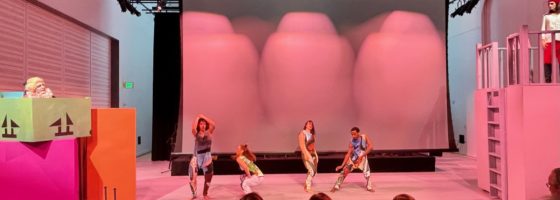
When a historic building is brought back to life through adaptive reuse it is certainly cause for celebration, especially when that building has been transformed into a community cultural center that supports the arts. The Rockefeller Brothers Fund, in partnership with the National Trust for Historic Preservation, has adapted the historic 1908 Orangerie on the Rockefeller estate along the Hudson River, about an hour north of New York City. Vacant for many years, the stucco-clad building originally provided shelter for the estate’s 200-year-old orange tree collection.
The David Rockefeller Creative Arts Center will support work in dance, music, drama, visual arts, and media arts through partnerships with local arts organizations and schools, educational programming, and residencies for artists that have received grants through the RBF. It will be open to the public with programs and events that allow the greater community to experience the arts as well as the creative process through behind the scenes access to artists at work.
The DRCAC will operate throughout all four seasons and host public performances and events in an acoustically supportive and flexible hall. Acoustic treatments hidden within the custom designed wood slat ceilings diffuse and reflect sound to provide an optimal aural experience for all performance types, from classical chamber music to amplified hip-hop dance tracks. Upper walls feature acoustic plaster that seamlessly blends with lower-level robust plaster surfaces. The acoustically treated sliding barn door separates the indoor and outdoor performance spaces to both isolate sound and diffuse sound reflections from the stage. Moveable seating provides flexibility for both indoor and outdoor use, and a new pavilion connected to the original building along the southeastern façade will house restrooms, storage, and sound-isolated mechanical spaces.
AV systems for the DRCAC are a hybrid approach of a flexible black box theater type of space and a media presentation space that can function quickly and easily when needed. For production systems, there is a combination of traditional theater speaker systems and an overhead grid of loudspeakers that can function as monitors, effects, surround sound, or distributed overhead coverage when the retractable seats are stored. The outdoor sound system can function independently or as an extension of the system in the theater. A rear-projection video screen was designed for viewing content during a lecture or performance without having the performers interrupt the projection beam, such as during a dance event.
Sustainability was a fundamental criterion for this project. It is expected to achieve LEED Platinum certification and meet net-zero energy standards, meaning the building will supply its own energy through renewable resources such as the solar array, resulting in zero carbon emissions. The systems are both energy efficient and dead quiet, providing optimal conditions for recordings and streaming.
“The Rockefeller properties in Westchester embody the family’s interests in the environment, historic preservation, farming and agriculture, and international engagement. A space for arts and culture is the final important piece to complete this extraordinary mosaic,” said David Rockefeller, Jr. “My hope is that the David Rockefeller Creative Arts Center will inspire and nourish a new generation of artists by providing high-quality, low-cost access to cultural events and performances, as well as a venue for community arts activities.”
Read more about the project here: David Rockefeller Creative Arts Center

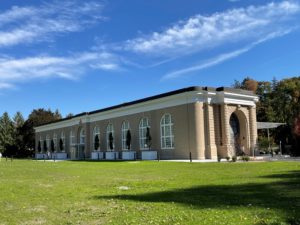
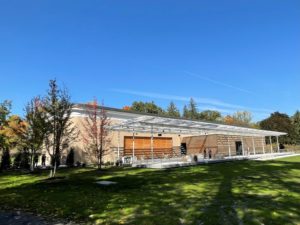
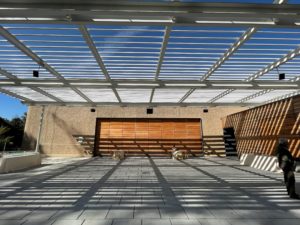
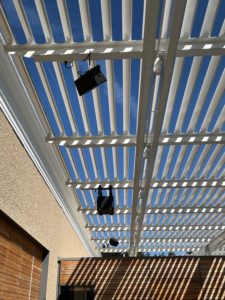
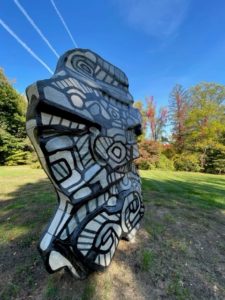
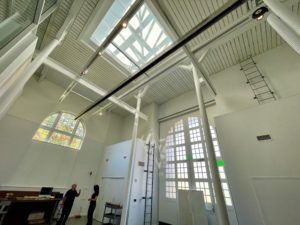
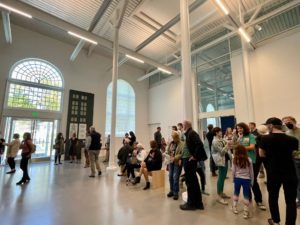
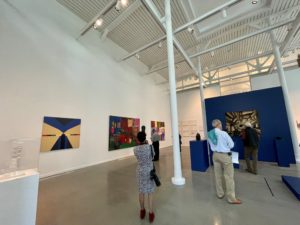
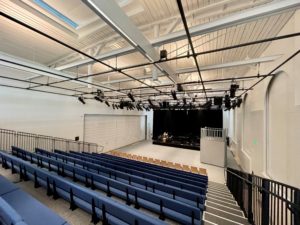
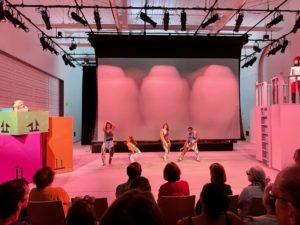
Comments